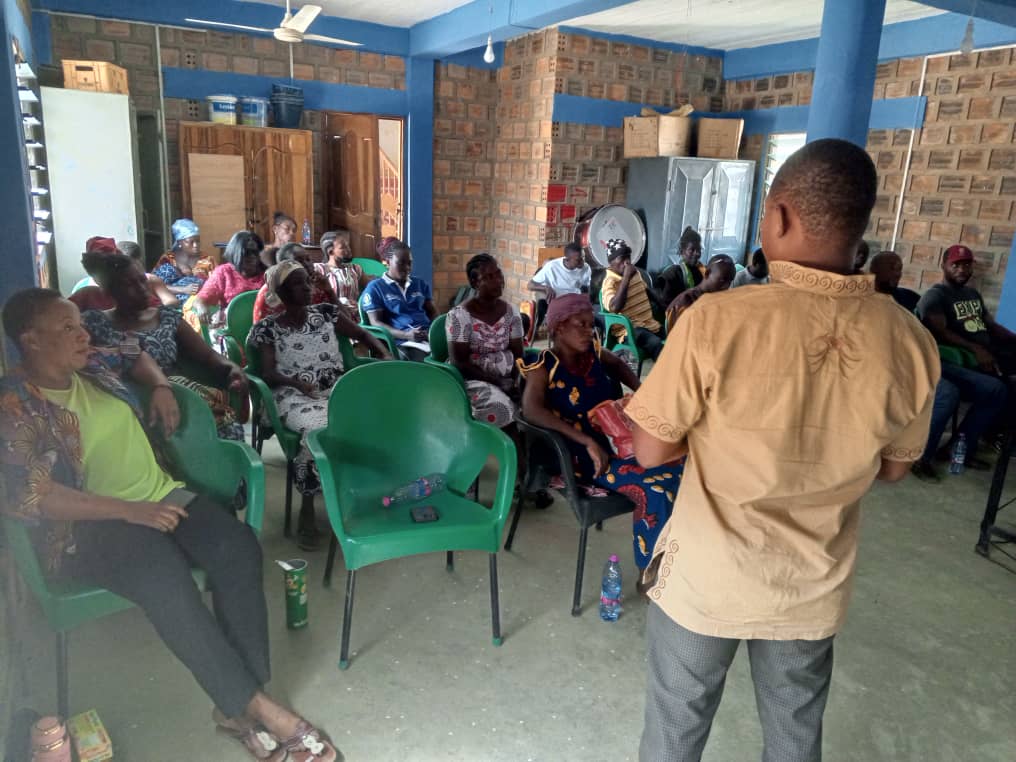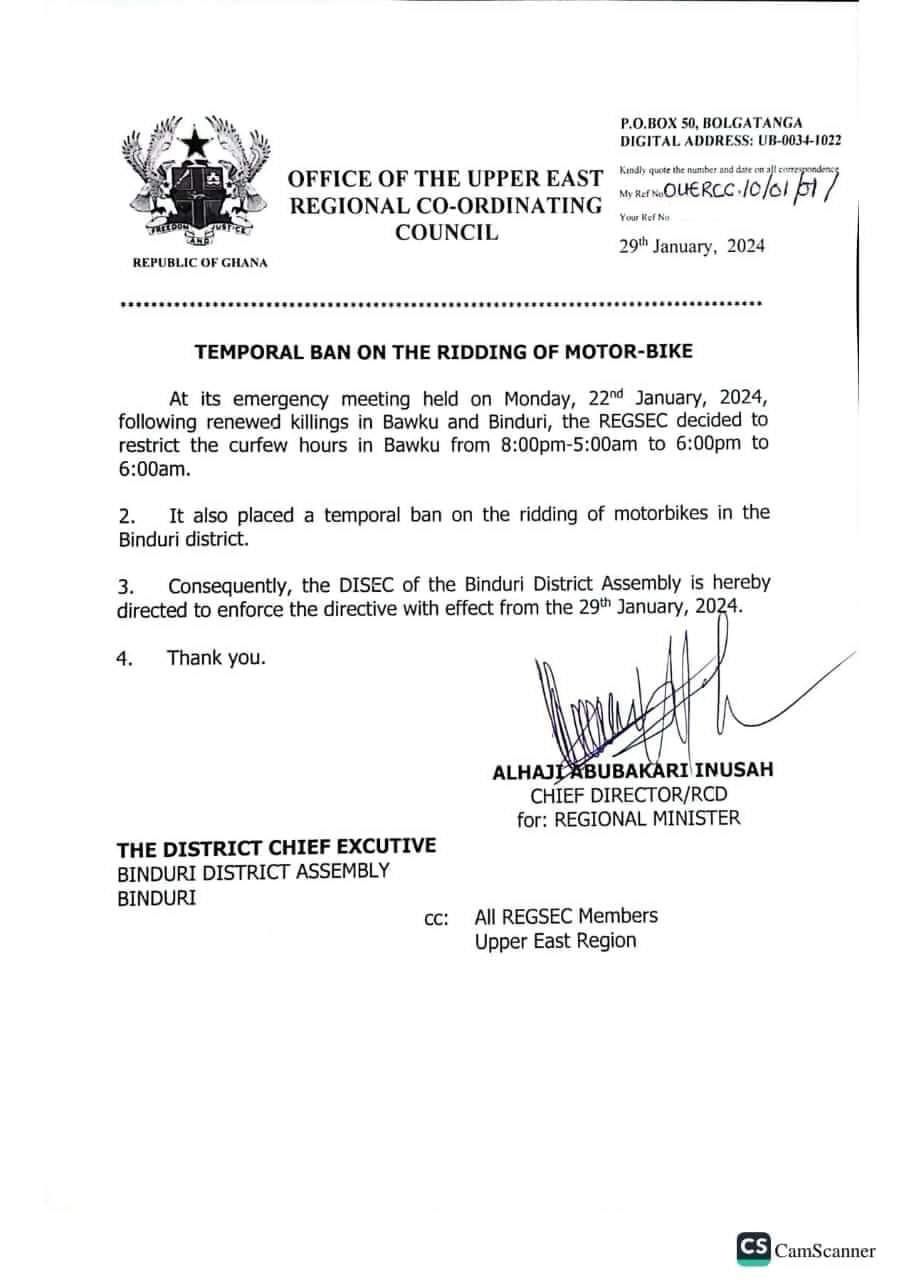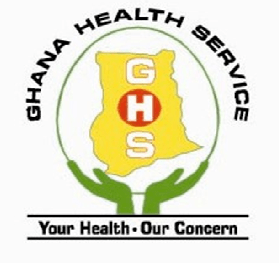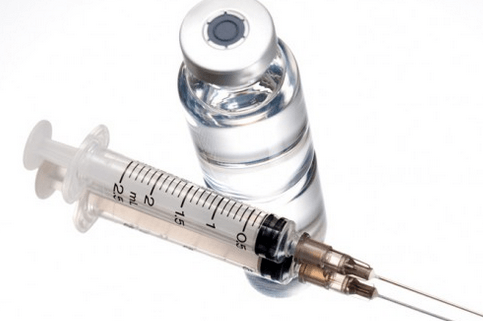
There has been a 5.8% decline in the figures of underweight babies under five years born in the Upper East Region.
This is an improvement as compared to the rate of 12.3% and 7.8% in 2014 and 2015 respectively.
The region under the Community Based Management of severe Acute Malnutrition (CMAM) recorded 3,157 cases with treatment coverage of 42.1%.
The region also recorded a cure rate of 89%, 1.4% non-recovered and 1.2% deaths.
A total of 1,228 malnourished children were managed and rehabilitated.

According to the Upper East Regional Health directorate, the improved success chalked was as a result of consolidated effective Maternal and child nutrition interventions.
Speaking at the 2016 Annual Nutrition Review and Advocacy Meeting in Bolgatanga, the Regional Director of health services Dr. Kofi Issah said, low-birth weight, stunting and cognitive development can be prevented by prioritising optimal nutrition within the first 1,000 days of life.
Dr. Issah underscored interventions such as the Micronutrient supplementation, Growth monitoring and promotion, Baby friendly hospital Initiative, OFSP recipes, CMAM among others, to the gains made in reducing child malnutrition indicators in the region.

He bemoaned the poor enforcement of the universal Salt Iodization LI 1667 couple with the poor handling of salt from production to sales points, adding that, strict compliance of the Act would help curb malnourish cases in the region.
UNICEF Health and Nutrition Specialist Tamale office, Prosper Dakurah lauded the region for its gains in fighting malnutrition particularly reducing stunting by 50%.
He said, though Ghana was on track in achieving 4 out of the 6 nutrition targets set by the World Nutrition Assembly goals, nutrition results in the Upper East Region were still threatened by poor water and sanitation issues.
“As high as 70% of the population in the Upper East Region defecate openly, so what it means is that it provides futile grounds for diarrheal diseases, cholera among others and there is evidence to show that if a child has an episode of diarrhoea the child automatically become malnourished.”

“Over 70% of children less than 5 years in the Upper East Region are anaemic and over 50% of mothers are also anaemic and when they go into pregnancy it becomes worse and this has significant impact on health and nutrition outcomes,” he added.
Mr. Dakurah appealed to all assemblies to give priority to nutrition programmes and interventions in their budgets.
–
By: Frederick Awuni/citifmonline.com/Ghana
Read Full Story


















Facebook
Twitter
Pinterest
Instagram
Google+
YouTube
LinkedIn
RSS